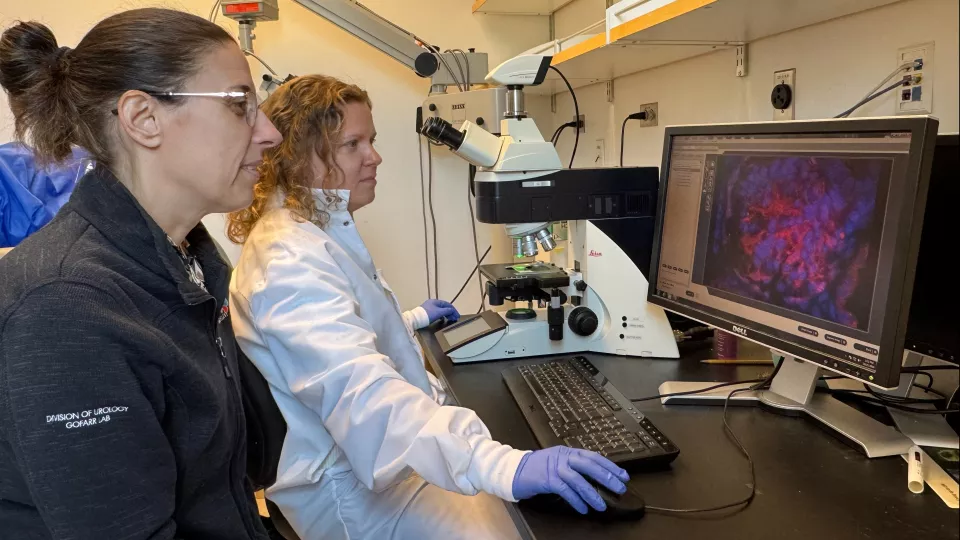
Diet intervention revives kidney function in preclinical animal models and in patients with chronic kidney disease.
In patients with chronic kidney disease, the loss of podocytes—part of the kidney’s glomerular filtration barrier—causes irreversible disease progression. So far, physicians and researchers have found no way to effectively prevent podocyte damage, loss, and deterioration leading to end-stage kidney disease.
Laura Perin, PhD, Co-Director of the GOFARR Laboratory at The Saban Research Institute of Children’s Hospital Los Angeles, along with Valter Longo, PhD, Professor at USC Longevity Institute of the Davis School of Gerontology, and international collaborators conducted a study that is offering promising results. In the study, they fed animal models with chronic kidney disease a specialized low-salt, fasting-mimicking diet (LS-FMD) equivalent to the recommended daily intake for human patients with chronic kidney disease.
Results
The researchers found that six cycles of this diet slowed the deterioration of kidney structures and function in rodents. Crucially, it induced the reprogramming of podocytes and restored the filtration structures of kidneys. The animals that received dietary interventions had a significant reduction in albumin-to-creatine ratio (ACR) and blood urea nitrogen (BUN) at 4 and 6 weeks after six diet cycles, as well as a significant reduction in glomerular and tubular injury, compared to freely fed rodents.
“When we examined these animal models, we found that long-term kidney function and structure was improved,” says Dr. Perin. “The transcriptional profile of the major kidney structures resembled those of a healthy rat. We saw evidence on the molecular and cellular level that this fasting-mimicking diet induces podocyte reprogramming and restores renal function in glomerulopathy.”
Effects in humans
In a pilot study in 13 patients with chronic kidney disease, cycles of the fasting-mimicking diet were kidney-protective, including reducing proteinuria and improving endothelial function compared with patients who did not receive dietary intervention. “These results show that FMD cycles can promote reprogramming/regeneration in mice and rats but also increase circulating progenitor cells in humans, so they should be tested further for treatment of progressive kidney diseases,” says Dr. Longo. “This fasting-mimicking diet seems to induce changes in gene expression that slow kidney degradation, suggesting potential interventions for patients with chronic kidney disease.”
The research was published in Science Translational Medicine – Opens in a new window.
